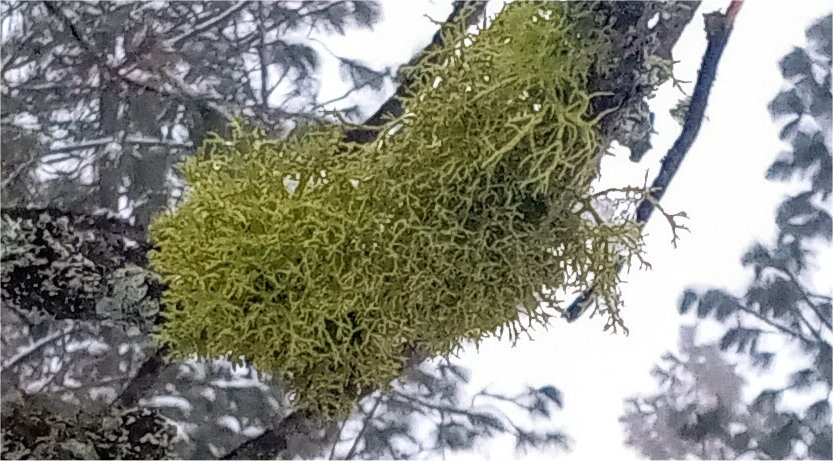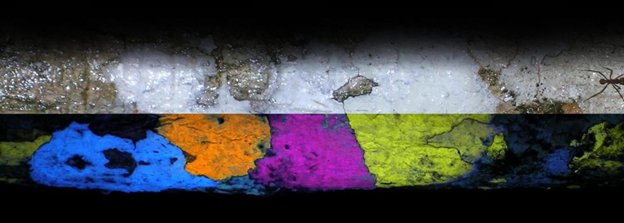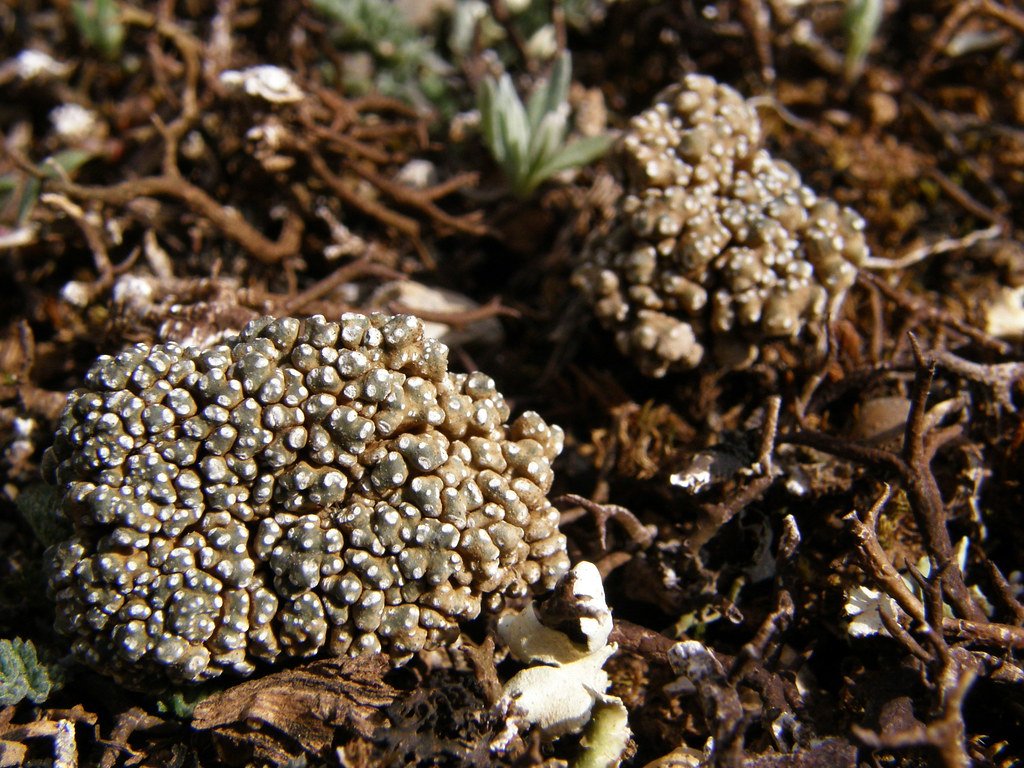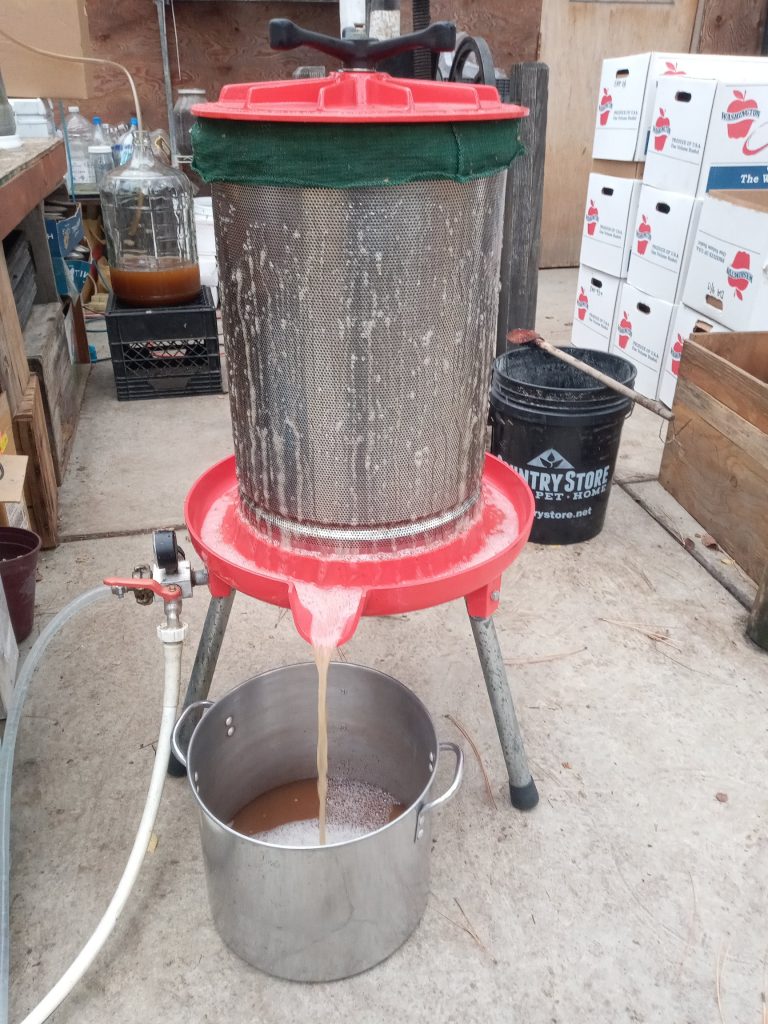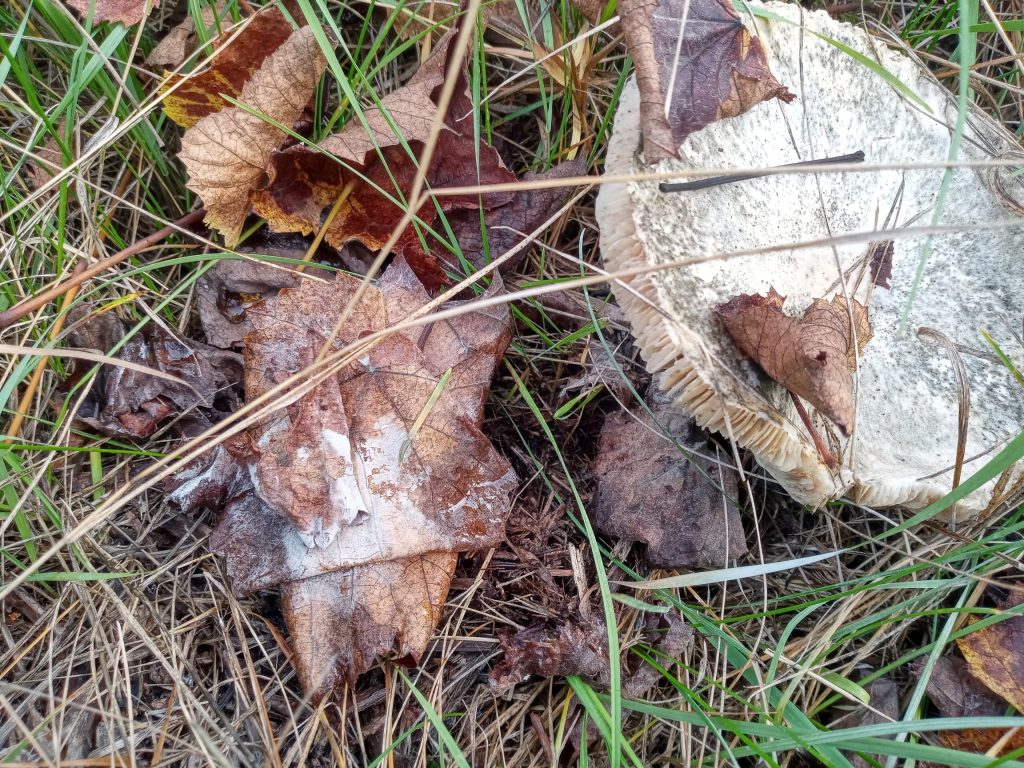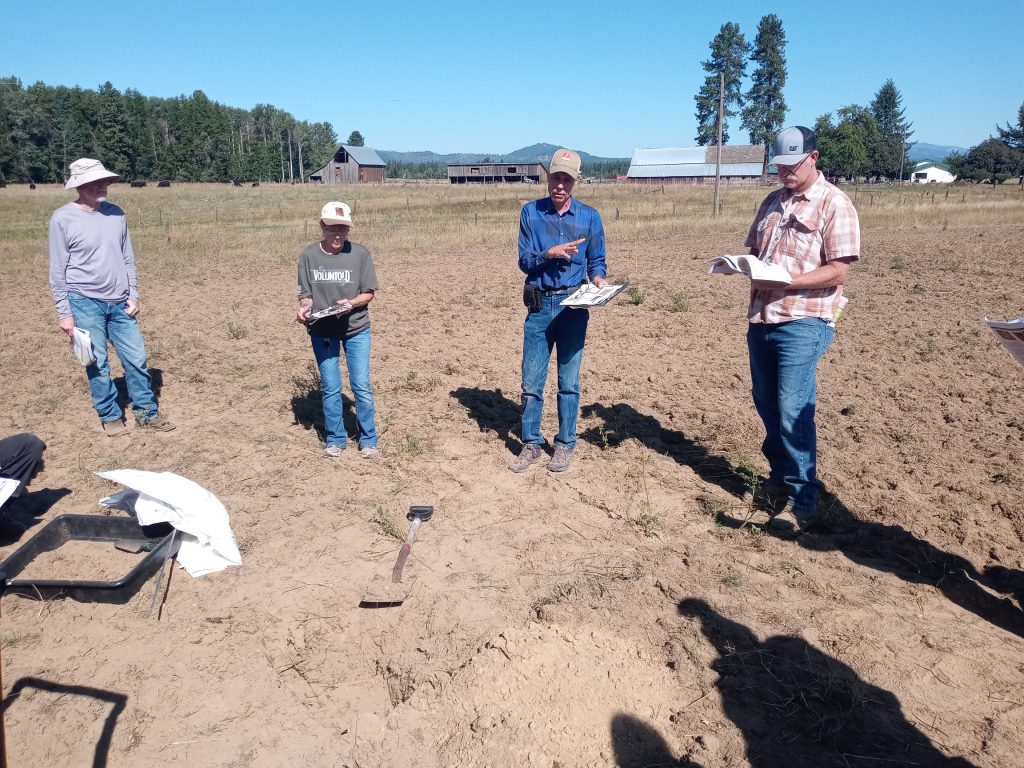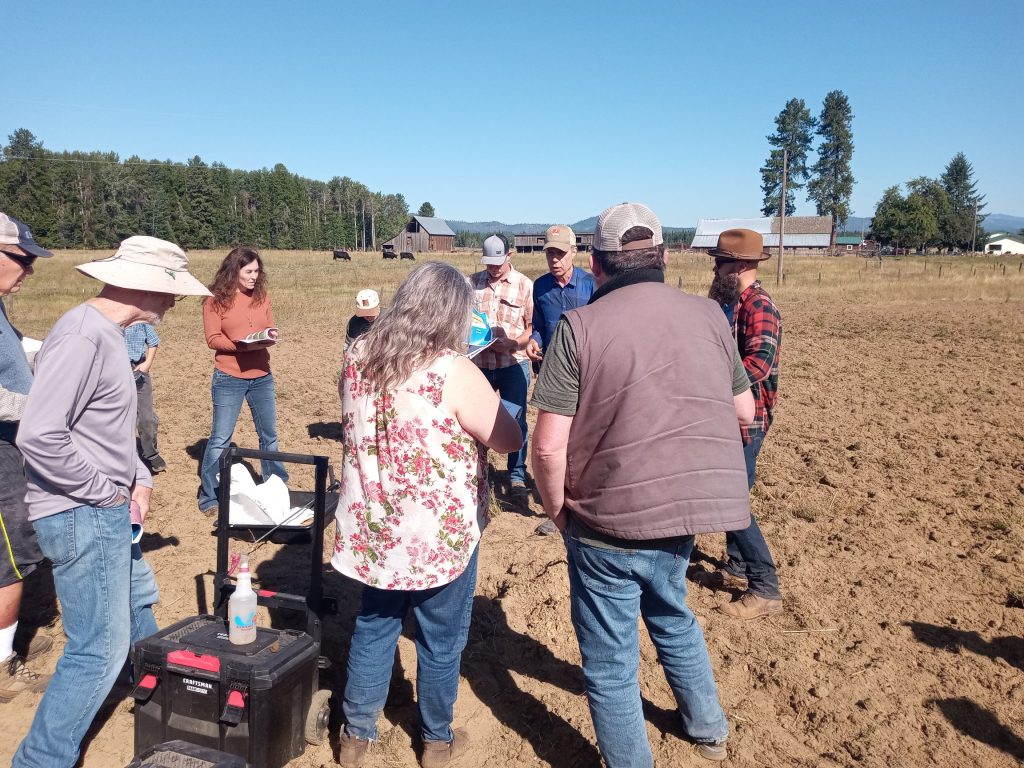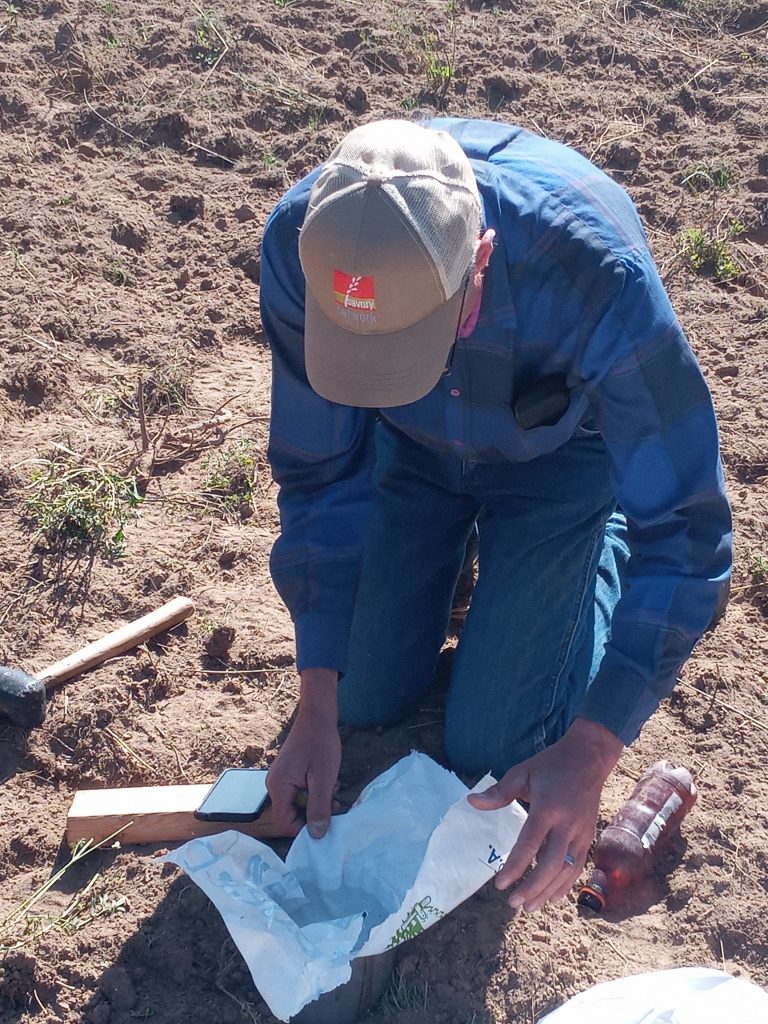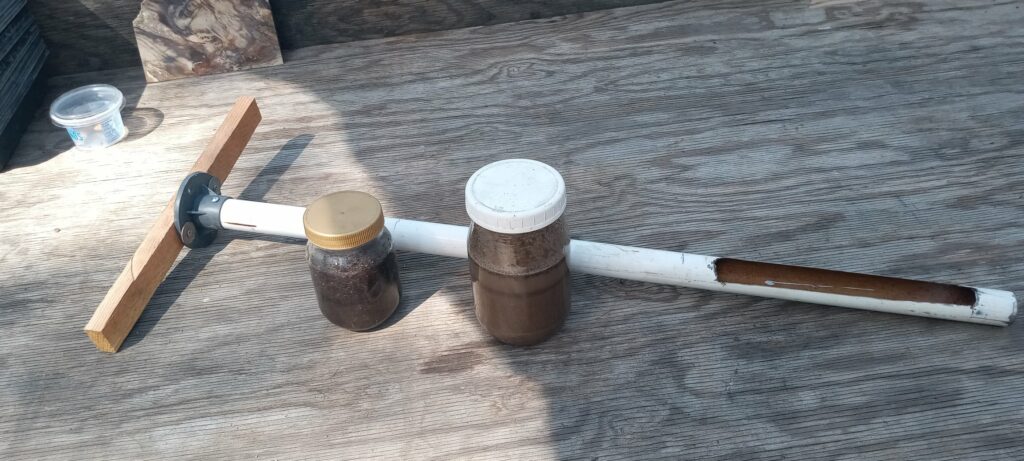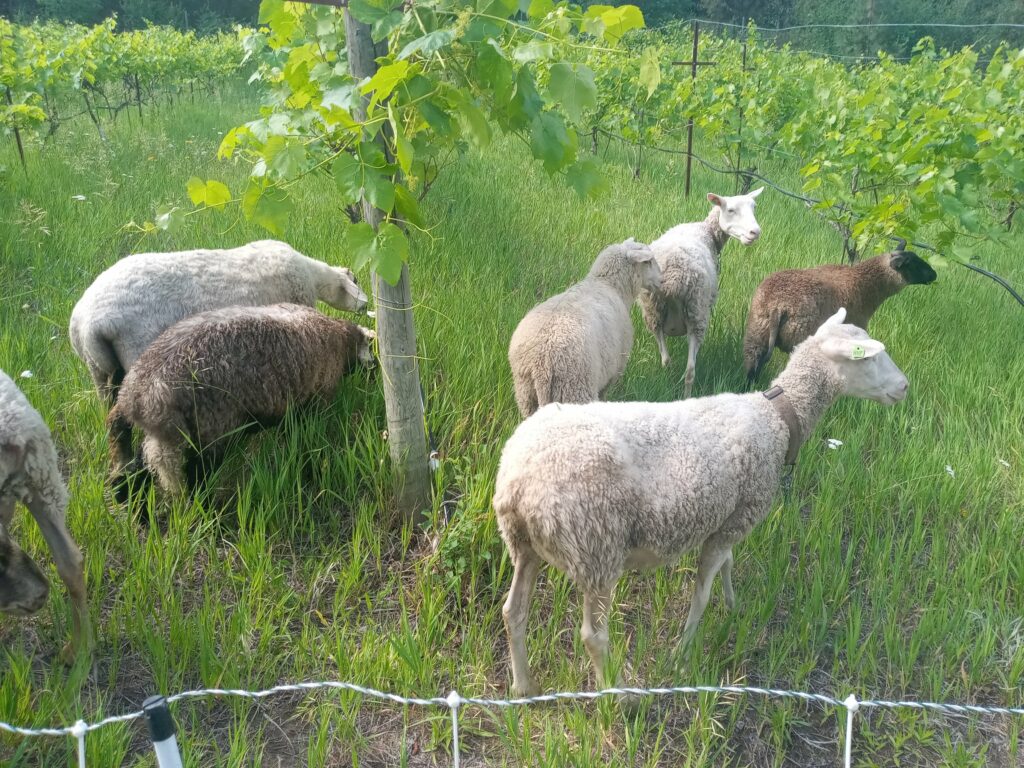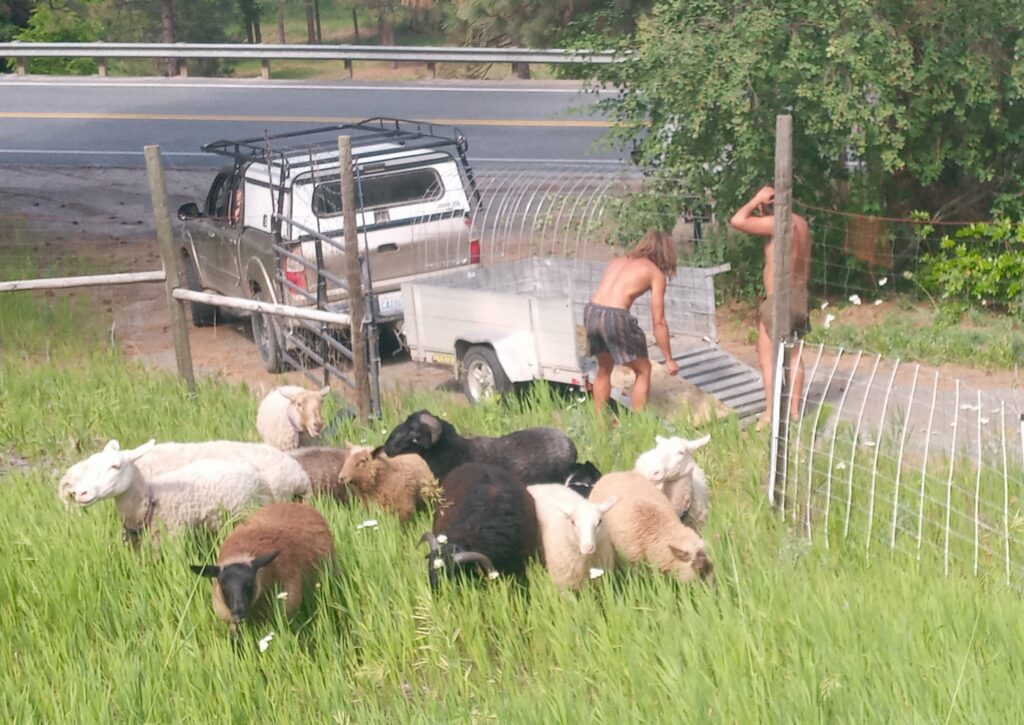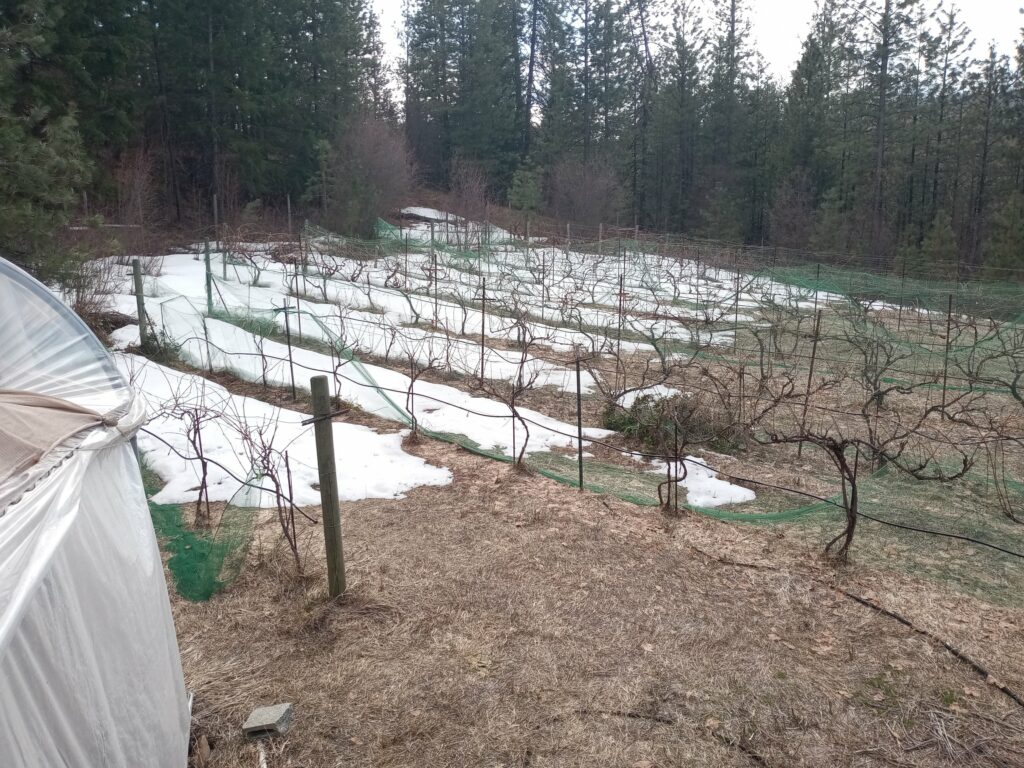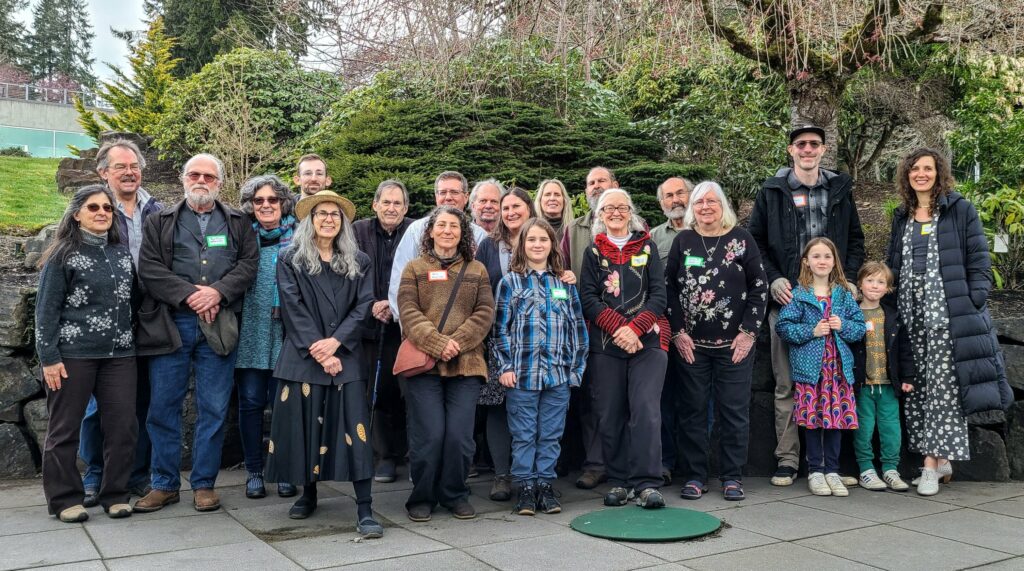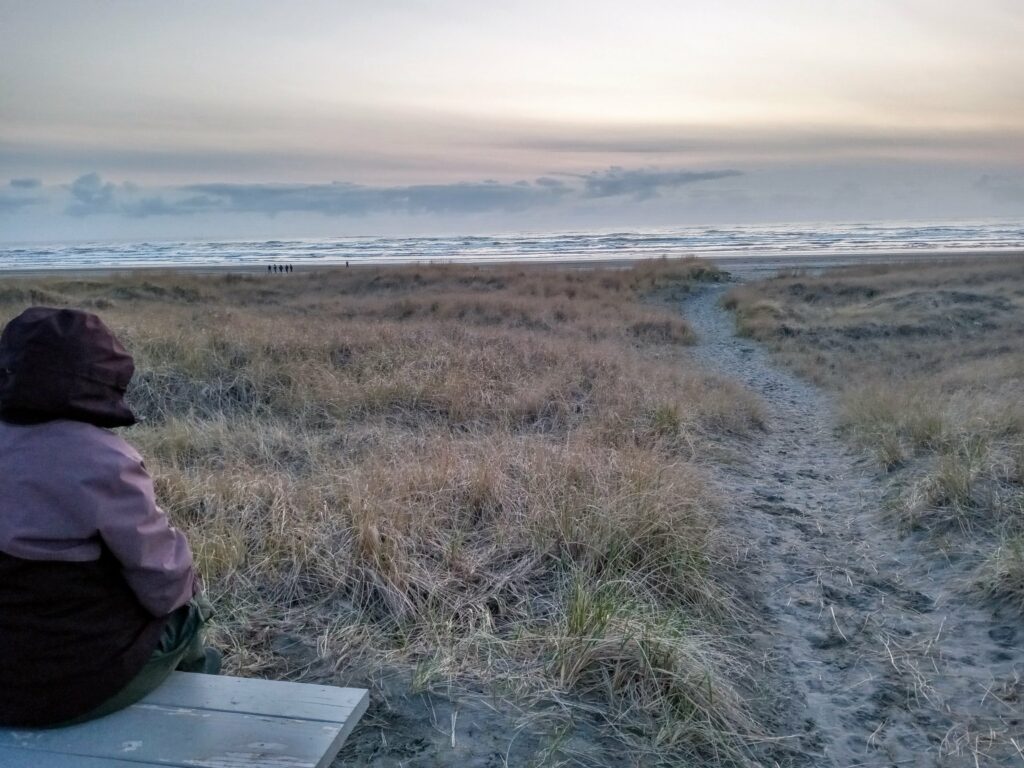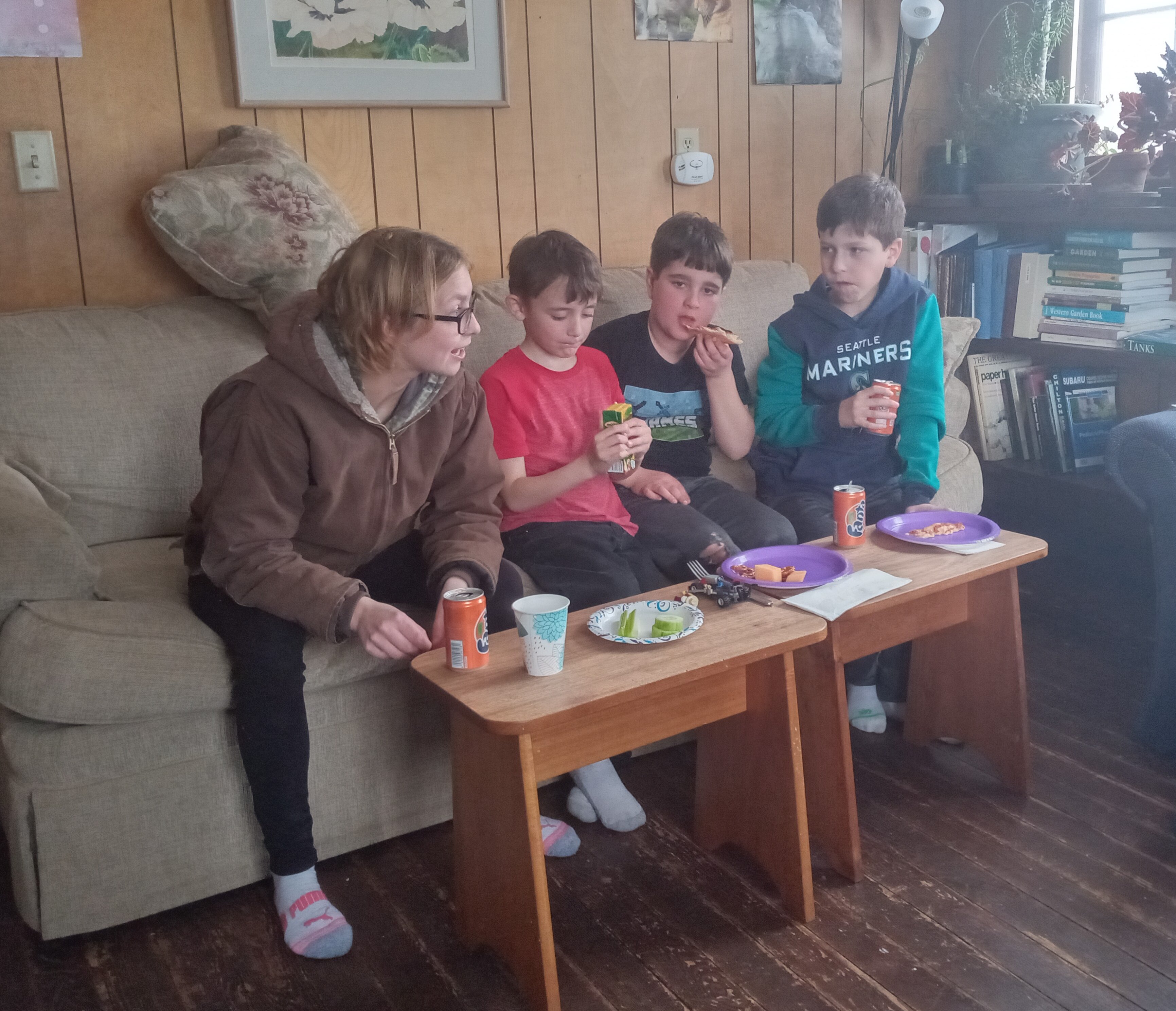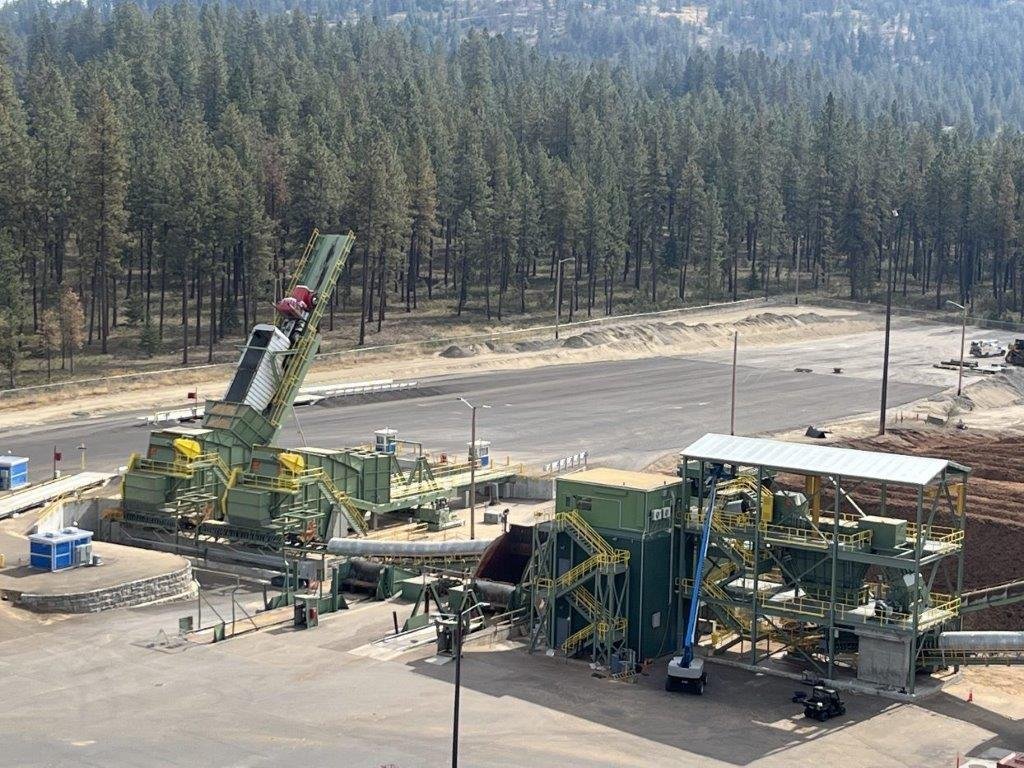Seed Savers
…What I came to say was
Teach the children about the cycles.
The Life Cycles. All the other cycles,
That’s what it’s all about, and it’s all forgot.
— Gary Snyder, “For/From Lew”
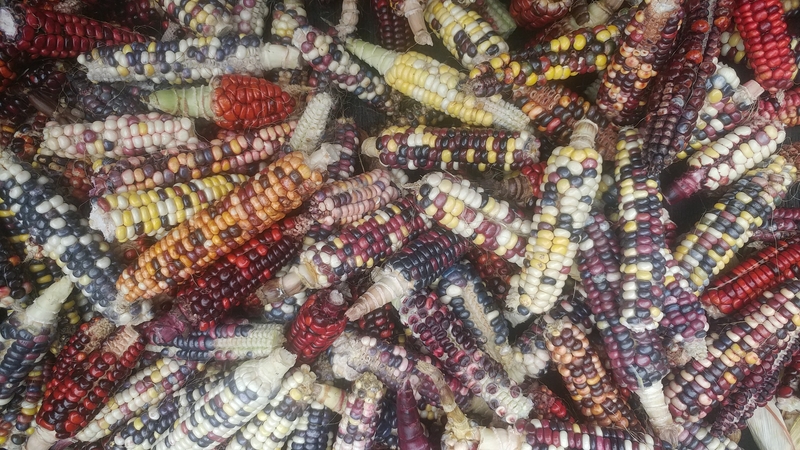
Today is the Equinox. By the time this magazine is ready, Easter will be over. The Full moon will be passed. Earth’s cycles will be changing quickly. Before Europeans, Native people would be digging roots or gathering camas, wapato, or cattail shoots. The Salish word for Spring is “a Time of Gathering.” Gathering was a matter not just of time, but of place and people. Different plants grow best in different places. Indigenous people went to those places. We try to make wherever we live a place to grow our food.
We try to make our same foods grow in every place. More often we try to get food from every place at one grocery supermarket. Often, we can even get seeds there. This consolidation of supply and access to food has dramatically diminished the genetics of world food production. Maize, rice, wheat, barley and sorghum are the 5 main world food crops. No fruits, vegetables, animals, spices or many other things are on the list. If you buy seeds to grow any of those things, they were probably grown in huge quantities in the Midwest and sold worldwide, often in patented varieties.
Looking at the brilliant pictures and glowing descriptions in seed catalogs we lose sight of the inherent nature of seeds to adapt to individual climates and locations. A lot of local people are trying to change that perception and the supply chain. I met several of them at a seed swap held at the Fruitland Valley Winery recently. There was a lot to learn.
Bezaleel Israel has been collecting seeds from his gardens for over 25 years. You can order the seeds BZ grows through the website, BZFarm.org. Click on the button to “buy seeds” for a list of 20 kinds of vegetables and 70 different varieties of seeds within them. There are regulations on seeds for sale. Seeds must be tested every five months for the percentage of germination expected. For these 70 varieties, BZ and fellow farm collective member Chrys Ostrander must do germination tests in addition to collecting, cleaning, storing, packaging and labelling the seeds.
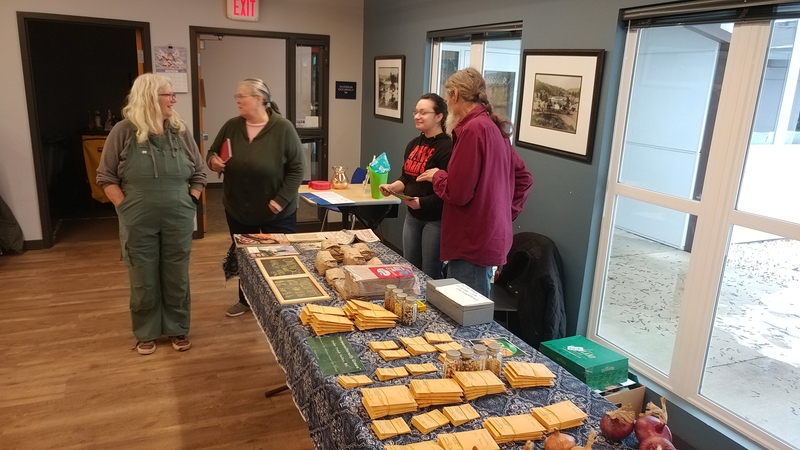
Developing the best seeds is another story. They have drier upland sites and bottomland sites in at their Eco Village site near the US/Canada Border north of Northport. Within one kind family of plants, say corn, the plants different varieties can cross-pollinate if near to each other. Sometimes crossing is done intentionally as with the Yukon Standard hybrid corn BZ breeds. Planting and pollination need to be controlled closely. ”Hybrid vigor” is the tendency for hybrid crops to grow more vigorously than their parents. By crossing varieties, you can create new ones and the seed saver only needs to choose seeds from the best of the offspring. From the third generation on the plants self-select so the new variety becomes “stabilized”. Carefully avoiding crossing keep the traits you want. This is the principle of Heirloom seed preservation. Another key to understanding the process is that seeds adapt progressively from generation to generation when grown in one location. This is the principle of seed localization.
There is another philosophy and approach. At that same seed swap Dana Combest represented the Huckleberry Range Community Collective (HRCC) (www.facebook.com/groups/thehrcc). It is a private group. So, you need to enter some information about your name and generally where you live. This serves the purpose of making it truly local. They began in 2019 as mostly a tool-sharing group. In 2023 they branched out into seed and plant sharing.
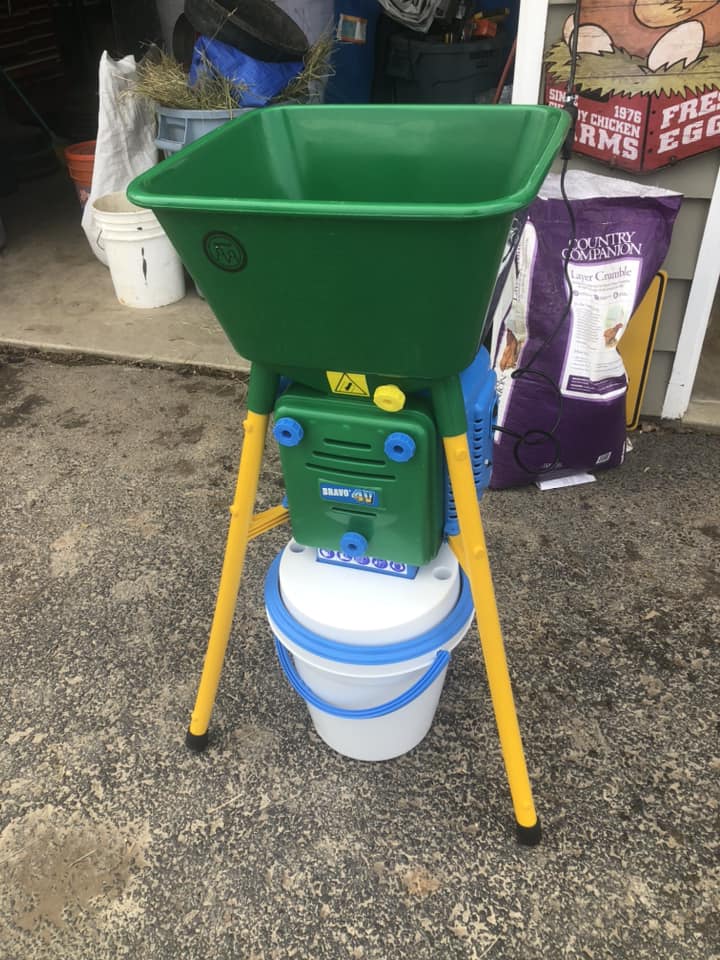
Dana introduced me to a new term, “Landrace Gardening.” It doesn’t have anything to do with the land speed record. Landrace is actually an old term meaning “a local cultivar or animal breed that has been improved by traditional agricultural methods” (Oxford Dictionary). HRCC offers for sale a small book with excerpts from a larger work by Joseph Lofthouse on Landrace Gardening, How to grow food when you can’t buy seeds, fertilizers, or pesticides. (lofthouse.com) His philosophy is that the best cultivars for our gardens are grown as genetically diverse, promiscuously-pollinating crops. He uses examples from his own experiences in a high-altitude farm where he could not grow many warm weather crops until he started saving his own seeds.
The method could be called “survival of the tastiest.” But it starts with just plane survival. Lofthouse does not fertilize, irrigate or use pesticides. In fact, he welcomes weeds and pests. It is a little like a mosh pit. You plant seeds from a wide variety of sources, trust that they will cross-pollinate and that the genetic diversity will overcome all obstacles in those plants that survive with the gardener having to amend the environment very little to ensure survival. Lofthouse does select for the tastiest survivors because that is what his customers value in his seeds more than toughness, abundance, shipability, storage etc. Rather than lock on to a likely survivor to keep pure, he encourages the continued introduction of genetic variety so that plants can respond immediately to changing climatic and soil conditions.
Although many of the seeds provided by HRCC may be landrace varieties, they received donations of seeds in bulk which are distributed through their seed library for free. They buy fruit plants at wholesale and pass the savings on to members. They sponsor seed and plant swap events like the Slow Food Event at Fruitland Valley Winery. Others were held in partnership with the Hunger Coalition (https://newhungercoalition.org/) and the Permaculture Guild (inlandnorthwestpermaculture.com). Check those sites and the HRCC Facebook page for more information. There will be a Plant, Seed & Root Swap on April 6, 2024 at the library in Kettle Falls, WA., and another May 4th at Stranger Creek Grange.
In her book, Braiding Sweetgrass, Robin Wall Kimmerer has a story, Mishkos Kenomacwen: The Teaching of Grass. In it a student proposes a study to determine whether picking sweetgrass using traditional methods increases or depletes the population. Learned professors dismissed the premise saying that “Everyone knows that harvesting a plant will damage the population.” The student persisted and proved that by picking the sweetgrass respectfully, only taking half and leaving some soil disturbed she had created room and light for the remaining plants to expand and grow more vigorously than the test plots which were left alone.
A traditional harvest of root crops in the spring has a similar effect. If you thank the best plant in a group, leave it there, promise to take only what you need and leave the rest, you are selecting the best plants to survive and leaving enough for diversity. The effects will be similar to the sweetgrass story and the landrace practice. Learn the cycles !




